Regular blenders and hand-held blenders both have their pros and cons. Today, we will help you discover the differences so that you can make a wiser choice when purchasing and using these products!
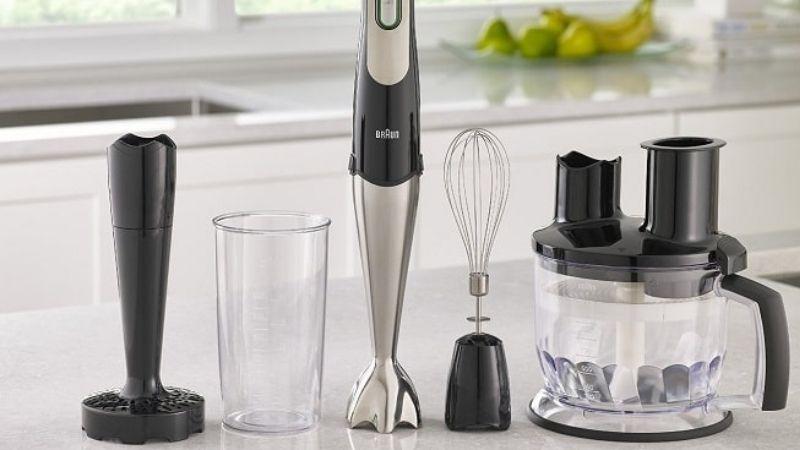 Should I buy a regular blender or a hand-held blender for my kitchen?
Should I buy a regular blender or a hand-held blender for my kitchen?
1. Regular Blenders
Features of Regular Blenders
Regular blenders have two main functions: dry and wet grinding, and they are very easy to use. Their price range is also very reasonable, ranging from 200,000 VND to over 1 million VND per product, with a warranty of 12-24 months.
Typically, the product includes two jars so that users can switch between them. One jar has a capacity of 1-2 liters for making smoothies, while the smaller jar is used for dry grinding of items like meat, spices, and grains.
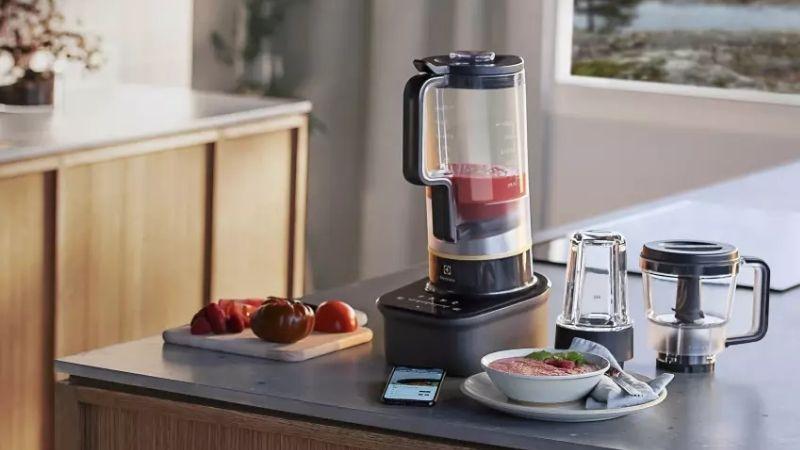 Regular Blender
Regular Blender
Advantages of Regular Blenders
Regular blenders can grind hard foods that hand-held blenders cannot handle.
Regular blenders are usually more affordable than hand-held blenders.
You can grind a larger quantity of food at once compared to a hand-held blender.
There are more brands and models of regular blenders to choose from.
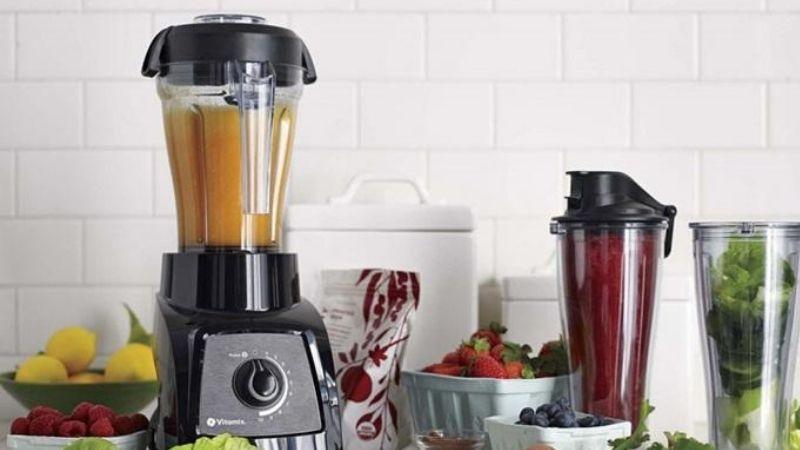 Advantages of Regular Blenders
Advantages of Regular Blenders
Disadvantages of Regular Blenders
The biggest drawback of regular blenders is their bulkiness, which makes them difficult to carry around. Regular blenders consist of a base, two jars, and specialized blades, making them cumbersome to transport.
Cleaning is also inconvenient because food can get stuck on the blades, the bottom of the jar, and the sides, requiring disassembly for thorough cleaning.
They don’t produce as smooth a blend as hand-held blenders.
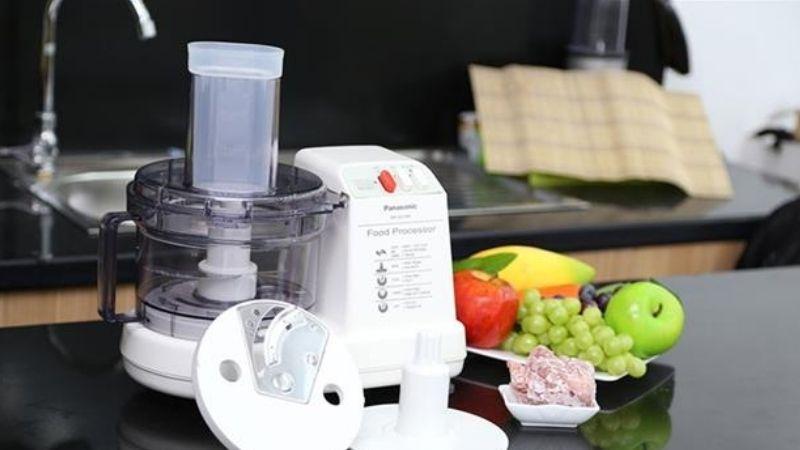 Disadvantages of Regular Blenders
Disadvantages of Regular Blenders
2. Hand-held Blenders
Features of Hand-held Blenders
Hand-held blenders are convenient and compactly designed, making them easy to grip and carry. Their design is also more elegant and modern compared to regular blenders.
The main components of a hand-held blender are the hand-held unit, an internal rotating motor, and a detachable rotating head.
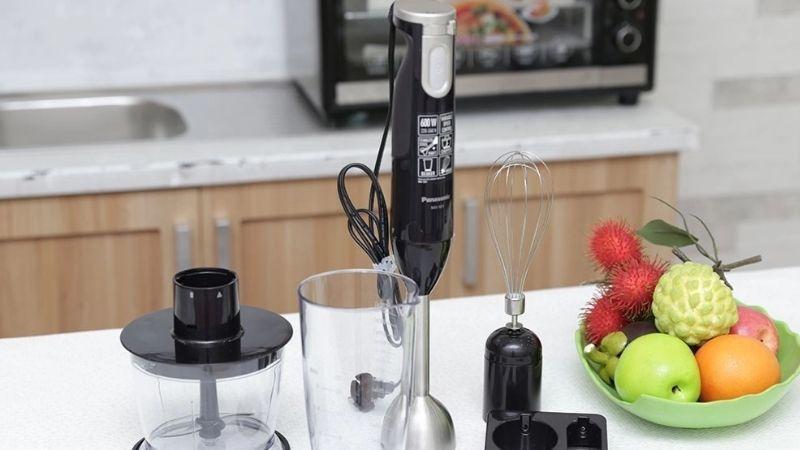 Features of Hand-held Blenders
Features of Hand-held Blenders
Advantages of Hand-held Blenders
Due to their compact size, hand-held blenders can be easily carried during travel or vacations.
You don’t need separate jars as you can blend directly in cups, bowls, or pots with small quantities of food without worrying about it sticking to the container.
Operating a hand-held blender is simple: just place the blending head into the food, press the button, and blend to your desired consistency.
Cleaning is also a breeze since food doesn’t stick to the sides or bottom of the container, making it easy to rinse off.
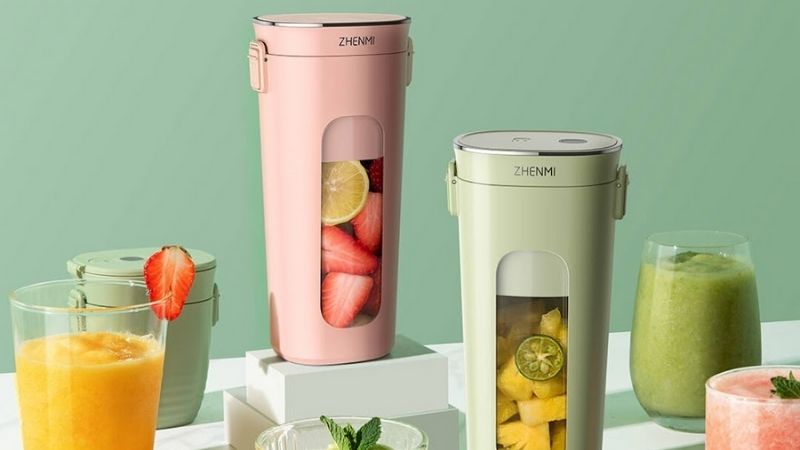 Advantages of Hand-held Blenders
Advantages of Hand-held Blenders
Disadvantages of Hand-held Blenders
Despite their small size, hand-held blenders tend to be more expensive than regular blenders.
They are mainly used for blending soft and watery foods. Hard and dry foods cannot be blended in a hand-held blender.
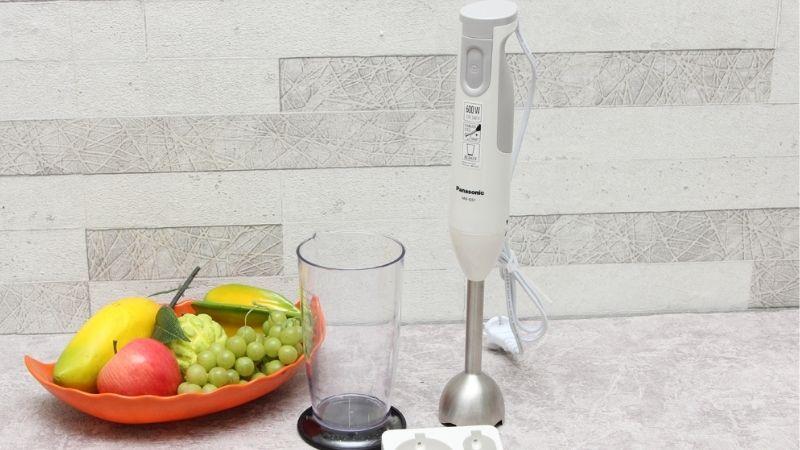 Disadvantages of Hand-held Blenders
Disadvantages of Hand-held Blenders
3. Conclusion
Both regular and hand-held blenders have their own set of pros and cons. Depending on your intended use, you can choose the most suitable and convenient option for your kitchen.
We hope that by sharing the advantages and disadvantages of both types of blenders, we have helped you make a wiser decision when purchasing a blender.































